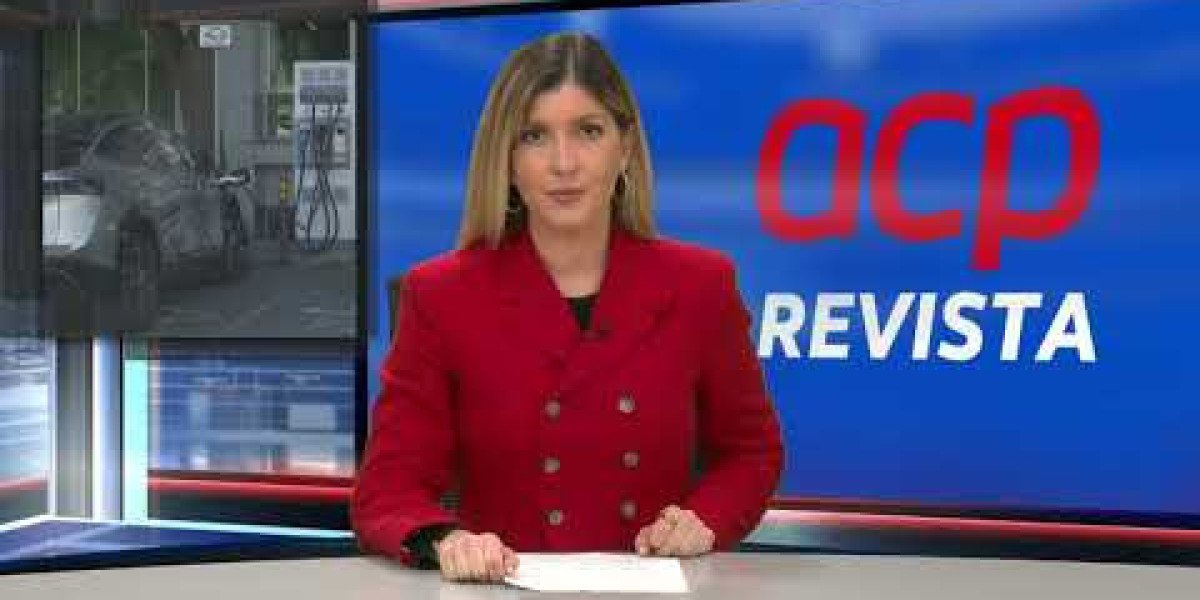Difficulty breathing, also known as dyspnea, is a common yet alarming symptom that can arise from a variety of causes. Whether it’s a sudden onset or a chronic issue, struggling to catch your breath can be both physically and emotionally distressing. Understanding the root causes, recognizing accompanying symptoms, and knowing when to seek medical attention are crucial steps in addressing this problem. In this comprehensive guide, we’ll explore the reasons behind difficulty breathing, its associated symptoms, and actionable solutions to help you breathe easier.
What Does Difficulty Breathing Feel Like?
Difficulty breathing is often described as a sensation of not getting enough air, tightness in the chest, or the need to work harder to breathe. It can manifest in different ways, such as:
Shortness of breath after minimal physical activity
A feeling of suffocation or air hunger
Rapid, shallow breathing
Wheezing or gasping for air
Inability to take deep breaths
This symptom can occur suddenly (acute) or develop over time (chronic). At the same time, occasional breathlessness may not be a cause for concern persistent or severe difficulty breathing warrants immediate attention.
Common Causes of Difficulty Breathing
Difficulty Breathing can stem from a wide range of conditions, ranging from mild to life-threatening. Below, we break down the most common causes:
1. Respiratory Conditions
Asthma: A chronic condition characterized by inflamed airways, leading to wheezing, coughing, and shortness of breath.
Chronic Obstructive Pulmonary Disease (COPD): A group of lung diseases, including emphysema and chronic bronchitis, that obstruct airflow.
Pneumonia: An infection that inflames the air sacs in the lungs, causing fluid buildup and difficulty breathing.
Pulmonary Embolism: A blood clot in the lungs, which is a medical emergency.
COVID-19: Respiratory infections, including COVID-19, can cause inflammation and fluid in the lungs, leading to breathlessness.
2. Cardiovascular Issues
Heart Failure: When the heart can’t pump blood effectively, fluid can accumulate in the lungs, causing shortness of breath.
Heart Attack: Chest pain and difficulty breathing are hallmark symptoms of a heart attack.
Arrhythmias: Irregular heart rhythms can reduce oxygen delivery to the body, leading to breathlessness.
3. Allergies and Environmental Factors
Allergic Reactions: Severe allergies (anaphylaxis) can cause swelling in the airways, making breathing difficult.
Air Pollution: Exposure to pollutants, smoke, or chemicals can irritate the lungs and cause breathing problems.
High Altitude: Reduced oxygen levels at high altitudes can lead to shortness of breath.
4. Anxiety and Panic Disorders
Panic Attacks: Sudden episodes of intense fear can cause hyperventilation and a feeling of being unable to breathe.
Chronic Anxiety: Persistent anxiety can lead to shallow breathing and a sensation of breathlessness.
5. Other Medical Conditions
Anemia: Low red blood cell count reduces oxygen delivery to tissues, causing fatigue and shortness of breath.
Obesity: Excess weight can put pressure on the lungs and diaphragm, making breathing harder.
Thyroid Disorders: An overactive or underactive thyroid can affect respiratory function.
Symptoms Associated with Difficulty Breathing
Difficulty breathing rarely occurs in isolation. It’s often accompanied by other symptoms that can provide clues to the underlying cause. These include:
Chest Pain or Tightness: Often linked to heart or lung issues.
Wheezing: A high-pitched whistling sound during breathing, commonly associated with asthma or COPD.
Coughing: Persistent coughing, especially with mucus or blood, may indicate an infection or chronic lung disease.
Fatigue: Feeling unusually tired can accompany conditions like anemia or heart failure.
Dizziness or Lightheadedness: Often related to low oxygen levels or hyperventilation.
Swelling in Legs or Ankles: A sign of heart failure or fluid retention.
Fever: Indicates an infection, such as pneumonia or COVID-19.
When to Seek Medical Attention
While mild breathlessness may not always require immediate medical care, certain symptoms should never be ignored. Seek emergency help if you experience:
Sudden, severe difficulty breathing
Chest pain or pressure
Bluish lips or face (a sign of low oxygen)
Confusion or loss of consciousness
Swelling of the face or throat (possible allergic reaction)
Even if your symptoms are less severe, consult a healthcare provider if you experience persistent or worsening breathlessness, as it could indicate an underlying condition that needs treatment.
Diagnosing the Cause of Difficulty Breathing
To determine the cause of your breathing difficulties, a healthcare provider will typically:
Take a Medical History: Discuss your symptoms, lifestyle, and any pre-existing conditions.
Perform a Physical Exam: Listen to your lungs and heart, check for swelling, and assess your overall health.
Order Diagnostic Tests:
Pulmonary Function Tests: Measure lung capacity and airflow.
Chest X-rays or CT Scans: Visualize the lungs and heart.
Blood Tests: Check for infections, anemia, or other abnormalities.
Electrocardiogram (ECG): Assess heart function.
Allergy Testing: Identify potential allergens.
Treatment Options for Difficulty Breathing
The treatment for difficulty breathing depends on the underlying cause. Here are some common approaches:
1. Medications
Bronchodilators: Open up the airways for conditions like asthma or COPD.
Antibiotics: Treat bacterial infections like pneumonia.
Antihistamines: Manage allergic reactions.
Diuretics: Reduce fluid buildup in cases of heart failure.
2. Lifestyle Changes
Quit Smoking: Smoking damages the lungs and worsens respiratory conditions.
Exercise Regularly: Improves lung and heart health.
Maintain a Healthy Weight: Reduces pressure on the lungs and diaphragm.
Avoid Triggers: Stay away from allergens, pollutants, or irritants.
3. Breathing Techniques
Pursed-Lip Breathing: Inhale through the nose and exhale slowly through pursed lips to improve oxygen exchange.
Diaphragmatic Breathing: Focus on deep breathing using the diaphragm to strengthen respiratory muscles.
4. Medical Devices
Oxygen Therapy: Provides supplemental oxygen for those with low blood oxygen levels.
CPAP Machines: Treat sleep apnea by keeping the airways open during sleep.
5. Surgery
In severe cases, surgical interventions like lung volume reduction or heart surgery may be necessary.
Preventing Difficulty Breathing
While not all causes of difficulty breathing are preventable, you can take steps to reduce your risk:
Stay Active: Regular exercise strengthens the lungs and heart.
Practice Good Hygiene: Wash your hands frequently to avoid respiratory infections.
Manage Stress: Techniques like meditation or yoga can help reduce anxiety-related breathlessness.
Monitor Air Quality: Avoid outdoor activities on days with high pollution or allergen levels.
Get Vaccinated: Protect yourself against flu, pneumonia, and COVID-19.
FAQs About Difficulty Breathing
1. Can anxiety cause difficulty breathing?
Yes, anxiety and panic attacks can lead to hyperventilation and a sensation of breathlessness.
2. Is difficulty breathing a sign of COVID-19?
Yes, shortness of breath is a common symptom of COVID-19, especially in severe cases.
3. When should I worry about shortness of breath?
Seek immediate medical attention if you experience sudden, severe difficulty breathing, chest pain, or bluish lips.
4. Can allergies cause breathing problems?
Yes, severe allergic reactions can cause swelling in the airways, making it hard to breathe.
5. How can I improve my breathing at home?
Practice breathing exercises, avoid triggers, and maintain a healthy lifestyle to improve respiratory function.
Conclusion
Difficulty breathing is a symptom that should never be ignored. Whether it’s caused by a respiratory condition, heart problem, or anxiety, understanding the underlying cause is key to finding relief. By recognizing the associated symptoms, seeking timely medical care, and adopting healthy lifestyle habits, you can take control of your breathing and improve your overall well-being. If you or a loved one experiences persistent or severe breathlessness, don’t hesitate to consult a healthcare professional. Your breath is your life make sure it’s as easy as possible.








